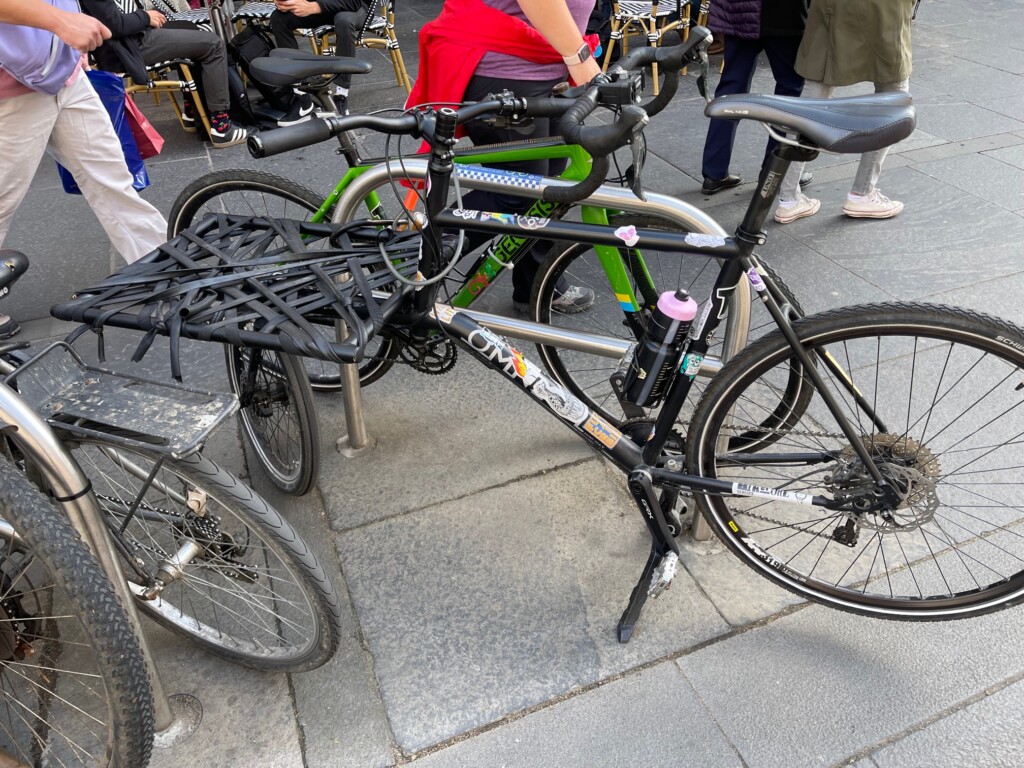By Charles Pekow — The many ways the COVID pandemic changed the human condition include a shift in the purpose of bicycling. On both sides of the pond, less bicycle commuting took place as far fewer people needed to get to work or school. On the other hand, with a lack of social and group recreational activities available, many more people turned to their two-wheelers for fun and fitness. And cities laudably responded by creating more bicycle facilities.

A treatise in the June issue of Sustainability documents this. Cycling through the COVID-19 Pandemic to a More Sustainable Transport Future: Evidence from Case Studies of 14 Large Bicycle-Friendly Cities in Europe and North America looked at data from automatic bike counters in 14 cities in 13 countries on both continents, comparing data from pre-pandemic 2019 with the next two years.
Results varied widely among cities, but all of them “reported large increases in government support of cycling, both in funding as well as in infrastructure. Bikeway networks were expanded and improved, usually with protected cycling facilities that separate cyclists from motorized traffic,” the article states.
The crisis also made it politically feasible for cities to enact restrictions on cars to help cyclists, such as reducing speed limits, replacing auto lanes with ones for non-motorized transit, closing streets and adding cycle tracks.

